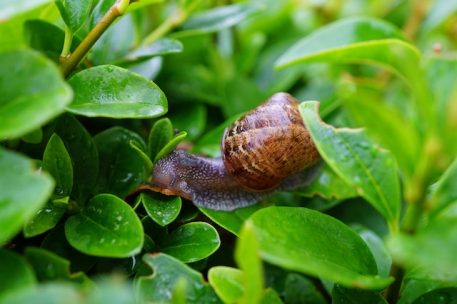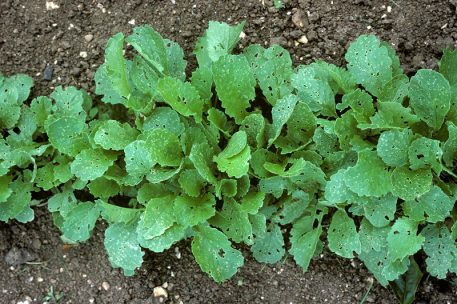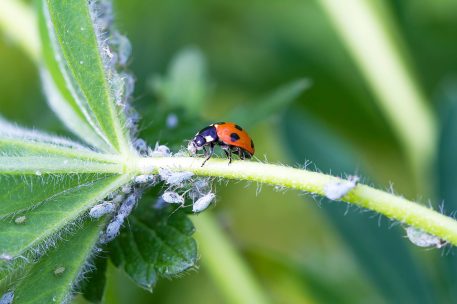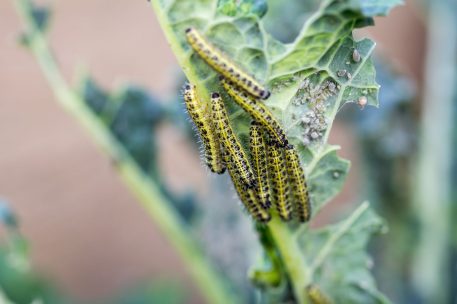Dealing with common garden pests
The wet and warm days of May have been great for plant growth, but they have also provided the perfect habitat for the growth of garden pests. Your seedlings should be well on their way at this time of year, putting on lots of new healthy green shoots. If they aren’t, then you may need to check to make sure there aren’t any small critters causing damage to your plants. Keep reading to find out more and how to tackle them.
Slugs and snails
The most common pest at this time of year is hungry slugs and snails. Eggs laid over winter will be hatching in great numbers and those babies will devour seedlings in a matter of hours.

You can identify slug and snail damage by finding the green tops of your seedlings completely missing, large holes in more mature leaves, and the remnants of a shiny, slimy trail on your plant or on the soil below your plant.
Whilst slug pellets are readily available in all large garden retailers, it is important to garden in a way which considers the wildlife which uses your garden, so slug pellets may not be the most suitable way to deal with this pest. One particularly effective way of dealing with slugs is the use of beer traps. Fill a shallow tray or dish with beer and partially bury this in your soil, leaving a 1cm lip so that other critters don’t fall in. Slugs will be lured into the trap, which you can then empty onto your compost heap.
Flea beetle
If you are growing brassicas, radishes, salad leaves or rocket then you may be finding them to be covered in tiny holes on the leaves. Crops damaged by flea beetle can recover – for example, the beetle will not affect the growth of your radishes below ground – but they are unsightly. The best remedy for flea beetle is prevention. Make sure that you sow and grow your crops under an insect-proof mesh to keep the pests out from the start of the season.

Aphids
Aphids, greenfly, blackfly and whitefly are all nuisance bugs which suck the sap out of your plant which causes the plant to weaken and produce stunted or distorted growth. But thankfully they are easy to spot early on if you regularly check your plants. Aphids can be dealt with quite naturally just by squishing them between your fingers. Natural predators of aphids include ants, ground beetles, earwigs and ladybirds, so try to encourage these into your garden. Aphids can, of course, be dealt with through the use of chemical control sprays, however these are indiscriminate and will also kill off any natural predators from your garden.

Caterpillars
Anyone familiar with growing brassicas knows how quickly a plant can be decimated by hungry caterpillars. Most commonly found are the small and large cabbage white.

The best way to protect your crops from caterpillars is to net them when planted. You should regularly check the undersides of the plants leaves for small yellow eggs and wipe them off before they have the opportunity to hatch. Green caterpillars blend in well to their surroundings so check your plants thoroughly and dispose of any caterpillars you find. If you don’t fancy squishing them, you can relocate them to a patch of nettles where they will be quite happy.


